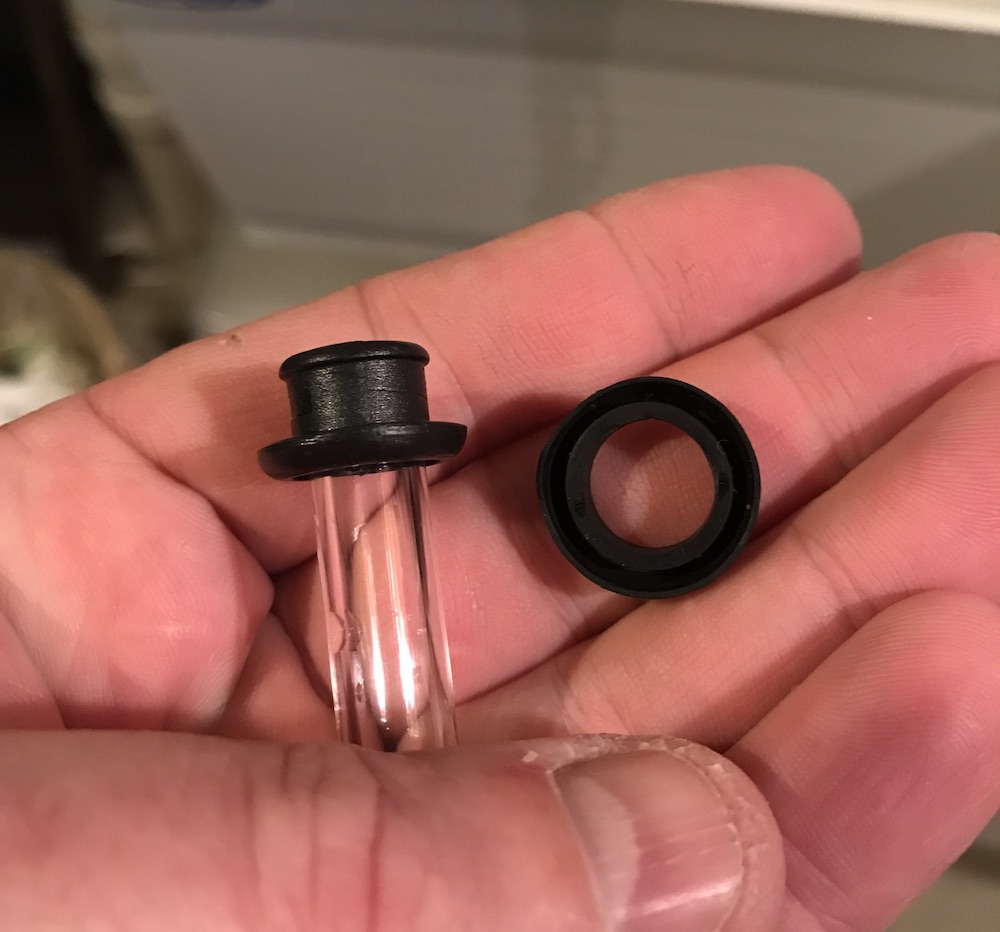RPh_Guy
Bringing Sour Back
This is my specialty, and of particular importance to me because I frequently use Brettanomyces, Pediococcus, Lactobacillus, and every other wild microbe under the sun in my brews.I am not an expert on all types of infections and what sanitizers can rid them
Once you appropriately remove all residue from your equipment with a good cleaning process, pretty much any sanitizer will kill all problematic organisms. Star San, Iodophor, Bleach + vinegar (at no-rinse concentration), and 70% ethanol are all good options.
You should not "soak" in Star San or any other sanitizer. They work within 1-2 minutes.
On the other hand if you don't remove residue with proper cleaning, then none of the sanitizers will work.
Heat is good for sanitizing but since hot water doesn't remove residue, there may still be issues with future batches.
Replacing cheap plastics is definitely a good option for someone having recurring contaminations.
Cheers
Last edited:




























































